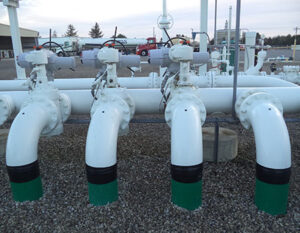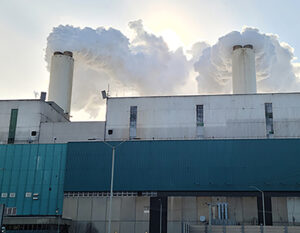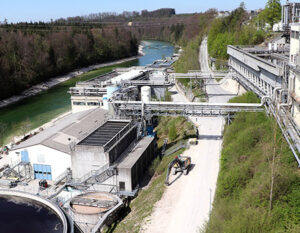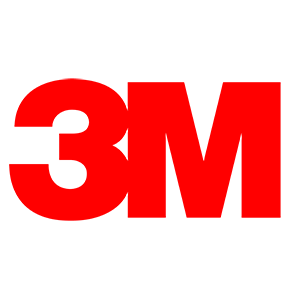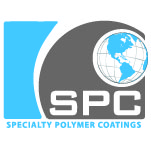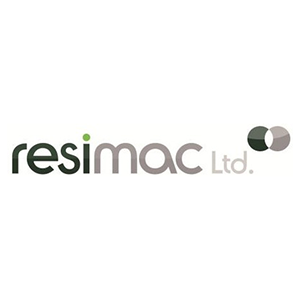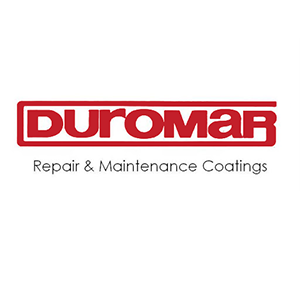Overview of NSF/ANSI/CAN 600 and updated health effects criteria
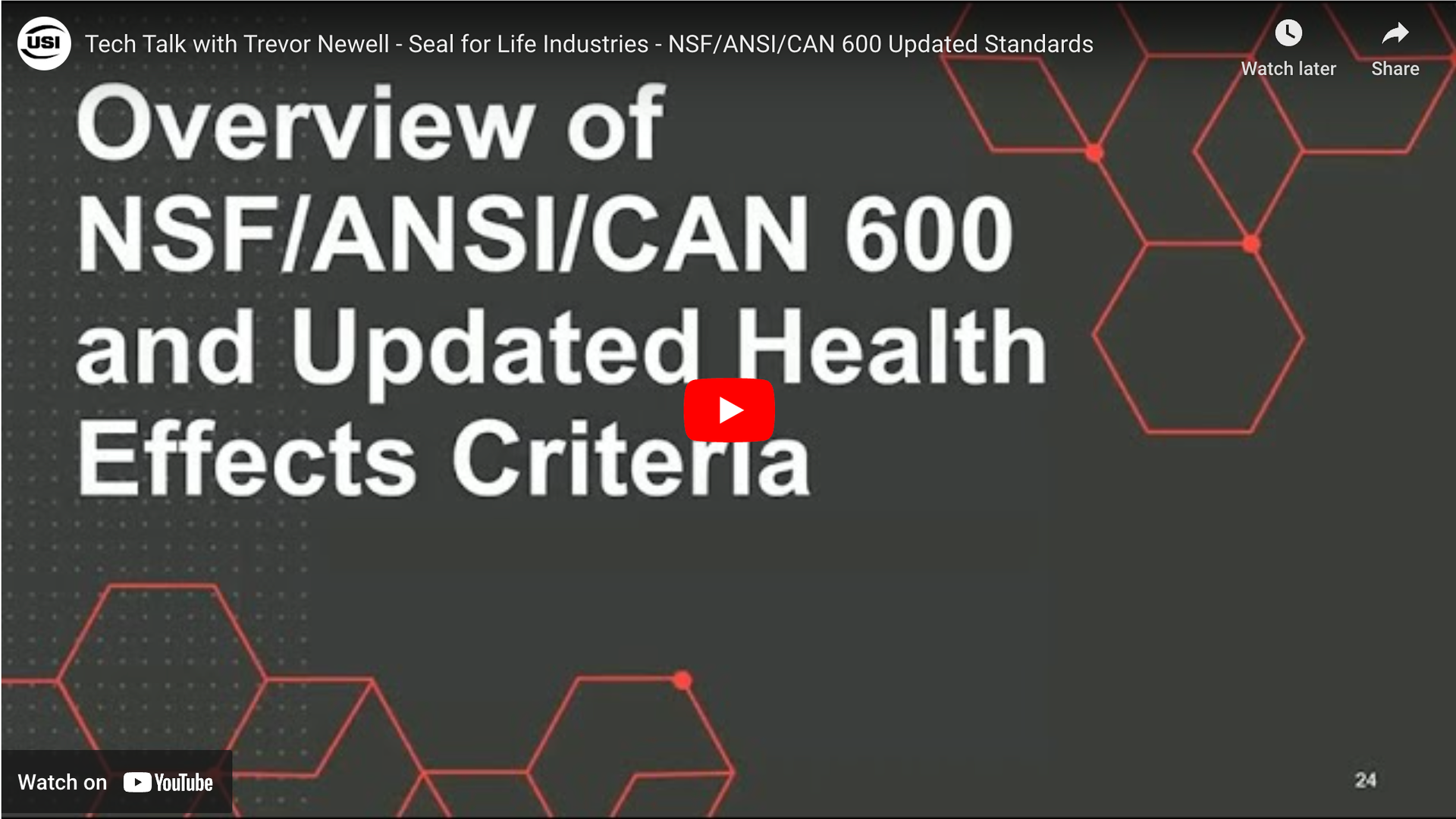
We are going to talk about overview and a little bit of NSF / ANSI / CAN 600
- Summary of pass / fail criteria (what it’s all about)
- What does this all mean? (Moving Forward, Manufacturers, Applicators and End Users)
- 100 SOLIDS Polyurethanes LifeLast – DuraShield
- Case Histories
Does NSF/ANSI/CAN 600 Replace NSF/ANSI/CAN 60 and NSF/ANSI/CAN 61?
No, NSF/ANSI/CAN 600 is a companion standard to the flagship North American standards NSF/ANSI/Can 60 and NSF/ANSI/Can 61
All three of these go together. Until 2018, the content now comprises Standard 600 was located in Annexes A, C and D between NSF/ANSI/CAN Standards 60 and 61. Annex A in both standards contained the toxicological risk assessment (What’s in the product, will it harm people) procedures for establishing pass/fail criteria. On the other hand, Annex C (from NSF/ANSI/CAN 60) and Annex D (from NSF/ANSI/CAN 61) contained the pass/fail criteria.
The joint committees that oversee NSF/ANSI/CAN 60 and NSF/ANSI/CAN 61 decided to separate these sections into their own standard that would serve as a reference standard for all drinking water standards.
This consolidation was intended to make the toxicology data more accessible, as well as to make easier to update and navigate the pass/fail criterial. This new reference standard was then designated NSF/ANSI/CAN 600.
In August, 2014, Health Canada published new MAC values for toluene, ethylbenzene and xylenes. NSF/ANSI/CAN 600 (formerly Annex A of NSF/ANSI/CAN 61) requires that a substance regulated by the U.S. EPA or Health Canada be evaluated according to those assessments, without additional toxicological evaluation.
Consequently, the new MAC (maximum allowable concentration) values for these three solvents were published as updated criteria under NSF/ANSI/CAN 600. Corresponding SPAC (Single Product Allowable Concentration) values for each compound were set at levels 10-fold lower than the MAC values (Table 1)
Pass/Fail Criteria updated for Toluene, Ethylbenzene and Xylenes
NSF set a five-year implementation period for products to comply with the updated criteria for those solvents, with a compliance deadline of January 1, 2023. It is important to note that this compliance deadline applies to only the three solvents with reduced pass/fail criteria: toluene, ethylbenzene and xylenes.
The reduction in pass/fail criteria for these three solvents constituted as substantial change from the previous criteria. These solvents are widely used in coating formulations, sometimes at quite high levels, so the dramatic change in the allowable leaching levels for these solvents has meant that manufacturers have had to consider reformulation or replacement of some solvent-based coating products that are currently certified under NSF/ANSI/CAN 61.
Identification of Compliant Products
After the January 1, 2023, implementation deadline, all products certified to NSF/ANSI/CAN 61 will be required to meet the new criteria in NSF/ANSI/CAN 600.
Including the most current health effects criteria for xylenes, toluene and ethylbenzene.
What does this all mean?
- Most coatings will now be 100-solid formulations to meet the new testing criteria
- Solvent based products with xylene, ethylbenzene and toluene will become obsolete for potable water.
- It will be harder to coat small diameter pipe with 100 solids Epoxies and Urethanes
- New application techniques and products will need to be considered.
Benefits of 100 Solid Polyurethanes
- Better flexibility, impact and abrasion resistance than most epoxies.
- Highly chemical resistant
- Excellent water vapor permeability and absorption
- Can be used for ferrous, nonferrous, steel, wood, concrete and other substances (PVC)
- Fast cure times-variable
- USDA certified biobased product
- Meets AWWA C222 and NSF/ANSI 61-600 for potable water applications
- FDA approved for dry food storage
- Excellent application characteristics – high build properties. NSF certification to 250 mils
Disadvantages of 100 Solid Polyurethanes
- Not UV stable (Aromatic Polyurethane) does not chalk but will darken over time
- 140°F (60°C) Max immersion temperatures
- Not good for Hydrocarbons
- Comes in 3 versions (110-61, 210-61, 310-61)
- Available in Almond, Gray and Black for NSF applications
- Variable cure speeds
- 110-61 – 1 to 1 ratio
- 210-61 – 2 to 1 ratio
- 310-61 – 3 to 1 ratio
DuraShield 110/210
- Formulated specifically to provide outstanding long-term protection of steel pipe – both for interior lining and exterior coating
- Fast cure/handling times with excellent adhesion (dry to touch in less than 1 minute, >3,000 PIS adhesion to steel)
- Extremely fast cure speeds (1-10)
- Excellent impact/abrasion resistance and flexibility – significantly reduces handling damage
- NSF/ANSI/CAN 600 certified
DuraShield 110/210 – Typical Industrial Applications
- Potable water
- Hydroelectric penstocks
- Reuse lines
- Wastewater
- Irrigation lines
- Outfalls
- HDD applications
- Water transmission and storage
- Pipes – Interior linings & exterior coatings
- Tanks – Interior linings & exterior corrosion protection
DuraShield 310
- Most tenured 100% solid polyurethane on the market – over 30 years
- Designed to provide excellent blend of chemical/water resistance and flexility
- Aggressive wastewater case histories since late 1980’s
- Slower curing – field application
- 72-hour re-coat window
- Primarily used a hand spray and field joint coating/lining
- NSF/ANSI/CAN 600 Certified
- For use on concrete and steel
DuraShield 310 – Typical Industrial Applications
- Steel pipe internal / external
- Buried services – sheet pile, H beams, poles, wind towers, solar panels
- Wet wells
- Lift stations
- Clarifiers
- Digestors
- Bio reactors
- Sludge pits
- Manholes
- Demineralizers
- Rake assemblies
- Unox basins
- Pulp chest, paper rolls
- Fish raceways
- Primary / secondary containment
- FDA approval for dry bulk food storage
Application Methods
- Spray application using a plural component pump (DS100 / 210 / 310)
- Cartridge Application (DS110 / 210/ 310)
- Hand Application (DS310/210 JARS Kits\)
To learn more about NSF/ANSI/CAN 600 and updated health effects criteris, contact a Unconventional Solutions sales representative today.
100 Solid Polyurethane 100 solids Epoxies drinking water ethylbenzene NSF certification NSF-600 approved NSF/ANSI/CAN 600 potable water toluene xylenes

